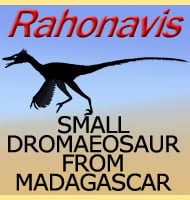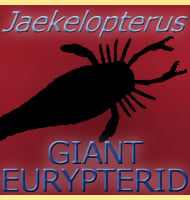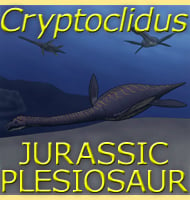In Depth
Although the holotype specimen of Gobivenator was missing major bones of the limbs, some vertebrae and the tip of the snout, it remains one of the most complete late Cretaceous troodontid dinosaurs known from late Cretaceous Asia. Two areas that have been important to note during the description are that the parietal bones are fused and there is a fossa (hollow) on the suprangular, a bone at the back of the jaw bone. At the time of the description of Gobivenator, these features have not been seen in other troodontids.
The Gobivenator holotype was recovered from the Djadochta Formation, also often referred to as the flaming cliffs because of the colour of the rocks when the sun shines on them. This fossil bearing formation lies within the Gobi desert which was the inspiration for the name Gobivenator which breaks down into English as ‘Gobi hunter’. The type species name mongoliensis simply means ‘from Mongolia’, though in the original Latin the word order is reversed.
Other troodontids known from the Djadochta Formation include Byronosaurus and Saurornithoides, while other famous dinosaur genera include Oviraptor, Protoceratops and Velociraptor are also known from the formation. other animals that Gobivenator may have lived alongside include, alvaresaurs, dromaeosaurs, ankylosaurs, oviraptosaurs and possibly even tyrannosaurs. Remains of crocodilomorphs, frogs, lizards and early mammals are also known from here. These smaller animals might have been the preferred prey of Gobivenator due to its smaller size. Care should be taken not to confuse Gobivenator with the similarly named Gobisaurus.
Further Reading
- An exquisitely preserved troodontid theropod with new information on the palatal structure from the Upper Cretaceous of Mongolia - Naturwissenschaften - Takanobu Tsuihiji, Rinchen Barsbold, Mahito Watabe, Khishigjav Tsogtbaatar, Tsogtbaatar Chinzorig, Yoshito Fujiyama & Shigeru Suzuki - 2014.










